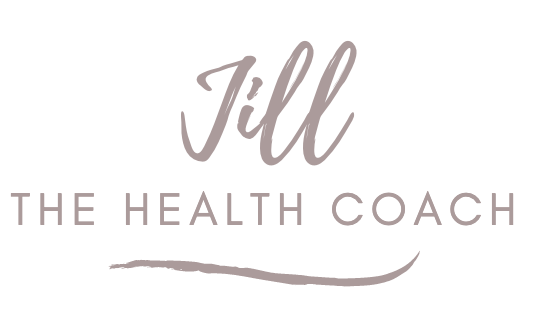Can’t we just eat less calories and lose weight? How about eating less fat–doesn’t fat make us fat? What about eating low carb or high protein?
We need to look back to see how we gain weight in the first place to get our answer. The obvious is the foods we eat and the quantity. However, are those the only factors in successfully losing weight?
Jason Fung, MD, in his book, The Obesity Code claims that the key to controlling weight is to balance hormones. In particular, the hormone called insulin plays a key role. Insulin is the hormone that escorts sugar out of the blood and into the cells for energy. It is a key regulator of energy metabolism and it stores fat for later use. However, too much insulin leads to too much fat storage leading to weight gain and obesity.
Dr. Fung talks about 2 major factors in maintaining insulin levels. The first is the obvious–the food we eat. In a nutshell, processed foods that our bodies are not meant to eat, raise our insulin levels. It’s back to basics with more one-ingredient foods that our ancestors ate. Dr. Fung’s food-related basic steps to weight loss are:
1. Reduce your consumption of added sugars
2. Reduce your consumption of refined grains
3. Moderate your protein intake (30% of your diet)
4. Increase your consumption of natural fats
5. Increase your consumption of fiber and vinegar
Dr. Fung’s second and crucial factor in long lasting weight loss is releasing the long-term problem of insulin resistance by strategic meal timing. The problem is that our bodies have a “set weight” that it seeks to return to keep it in its perceived homeostasis. This is why many of us can lose weight but struggle to keep it off. Our body is too smart as it signals “hunger” so we eat to get back to our set weight. The trick is to re-set this to a lower weight. We do this by inducing our bodies to produce very low levels of insulin. Yes, food can influence this, but the real key to re-setting our weight is via fasting.
I’ve written before about the benefits of fasting as a tool to lose weight and to improve cognitive function and more. In fact, our bodies were designed to fast. You see, way back when, we couldn’t just go to the fridge in the cave and grab what we wanted. Our food supply depended on what we could hunt or gather that day. If there was no suitable food to forage or capture, well, you wouldn’t eat right away. Our bodies were brilliantly designed to thrive this way. Actually, eating 3 times a day with snacks in between is really a recent phenomenon that started with food being too readily available. Even 50 years ago, most people just ate 3 meals a day, if that.
So, the key is to fast in between meals and then intermittently do 24-hour fasts. That means eat 2-3 meals (using food guidelines above) a day and then fast a few days a week. For example, Dr. Fung says that if you’re not hungry for breakfast, that means your body may not need it. Then, be sure to fast in between meals by avoiding snacking. To be clear, Dr. Fung’s fasting suggestions aren’t as scary as it seems. His recommended fast days may be skipping breakfast and lunch and having a light dinner of a protein and vegetable. How often do we do this when we are busy anyway? Just don’t confuse fasting with starvation. Fasting will help you jumpstart your body much like exercising using high intensity interval training jumpstarts your body.
As we all know, so many diet fads simply don’t work. Or they may work in the short term, but then the weight just piles back on. The Obesity Code’s recommendations seem to simply mirror what our ancestors did before all of our modern-day diseases emerged such as cancer and the plethora of autoimmune disease, digestive problems, cardiovascular disease, etc. This code may be the secret to finally lose weight for good by bringing your body into balance.
All material in this newsletter is provided for information only and may not be construed as medical advice or instruction. No action or inaction should be taken based solely on the contents of this publication;instead readers should consult appropriate health professionals on any matter relating to their health and well-being. The information provided has not been approved the Food & Drug Administration and is not intended to diagnose, treat, cure, or prevent any illness or disease.

